Mythology is filled with captivating stories, but some lesser-known legends hold just as much intrigue as their more famous counterparts. From ancient deities to mythical creatures, these hidden gems offer unique insights into the cultures that created them. Exploring these forgotten myths uncovers fascinating tales that have been passed down through generations, each with its own mysterious charm. Let’s dive into some of the most overlooked myths from around the world.
The Rainbow Serpent (Australia)

The Rainbow Serpent is a powerful and ancient figure in Aboriginal Australian mythology, representing fertility, water, and life itself. This serpent is said to have shaped the landscape, carving rivers and mountains with its body as it moved through the earth. Its role in creation stories highlights its significance, yet it remains lesser-known compared to other deities. What makes the Rainbow Serpent particularly interesting is its role as both creator and destroyer, a duality that speaks to the importance of balance in Aboriginal beliefs.
Kitsune (Japan)
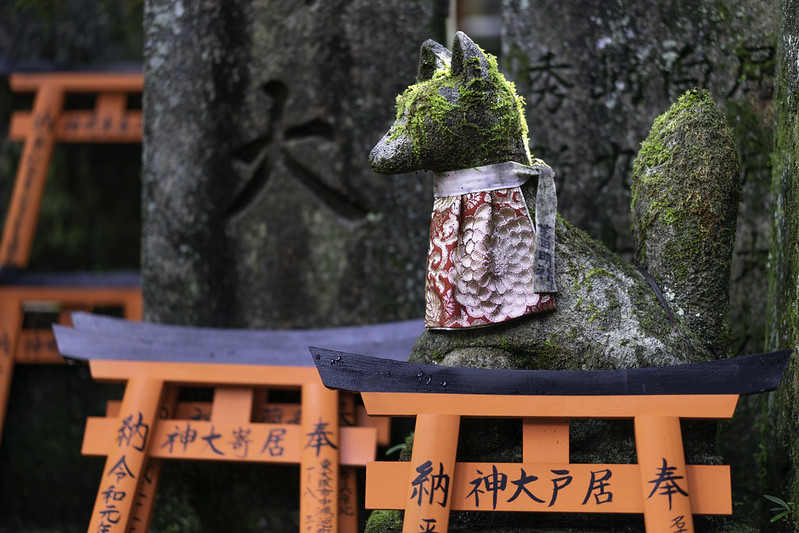
Kitsune are shape-shifting fox spirits in Japanese folklore known for their intelligence and magical abilities. While fox spirits are familiar in many mythologies, the Kitsune stands out because of its complex role in Japanese stories. Some are protectors, while others are mischievous tricksters. As they grow older and wiser, Kitsune gain tails, with the most powerful possessing up to nine. Despite their prominent role in Japanese culture, Kitsune are often overshadowed by other mythical creatures like dragons and oni.
Tūmatauenga (Māori, New Zealand)
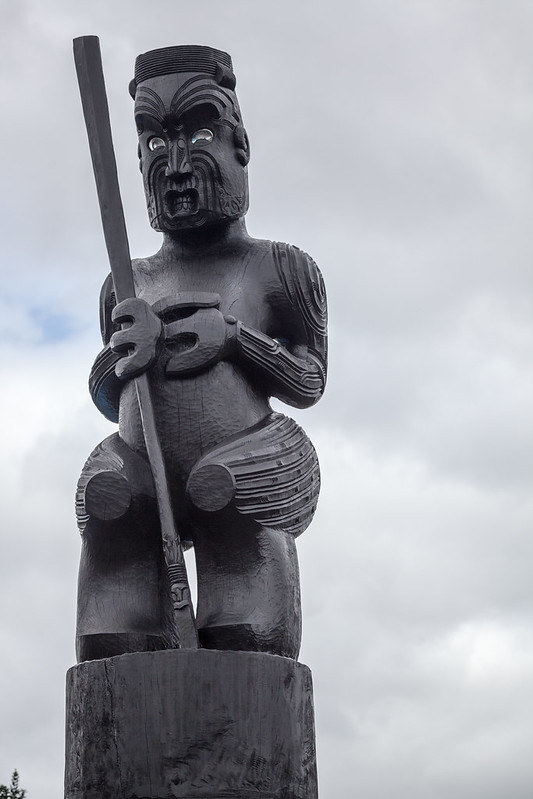
Tūmatauenga is the god of war and humanity in Māori mythology. He is a central figure in the Māori creation story, where he leads his siblings in a battle against their parents to separate the sky and earth. Despite his importance, Tūmatauenga is not as widely recognized outside New Zealand. His role as a warrior deity and his connection to human strength and resilience make him a fascinating, yet overlooked, mythological figure.
Nian (China)
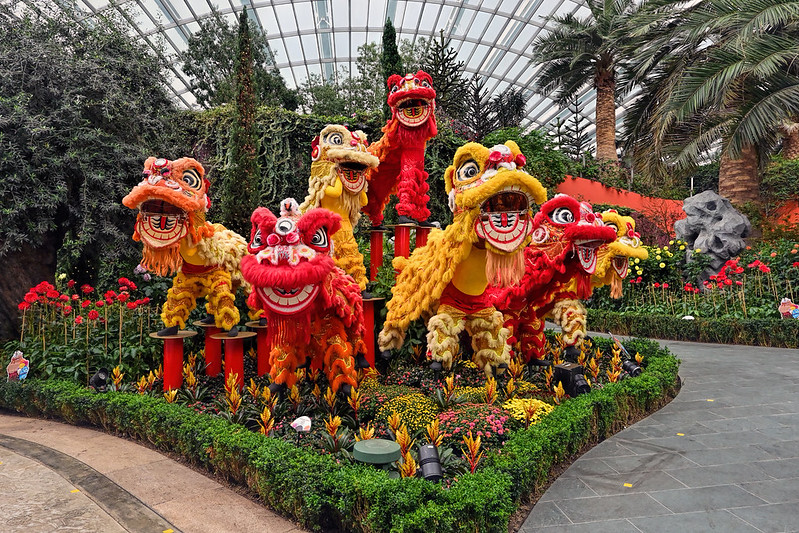
In Chinese mythology, Nian is a monstrous beast that terrorized villages at the end of each lunar year. According to legend, Nian was afraid of loud noises and the color red, which led to the traditions of firecrackers and red decorations during Chinese New Year. This lesser-known myth explains one of the world’s largest annual celebrations, but the creature itself remains in the shadow of more widely recognized myths such as dragons and phoenixes.
Chalchiuhtlicue (Aztec, Mexico)
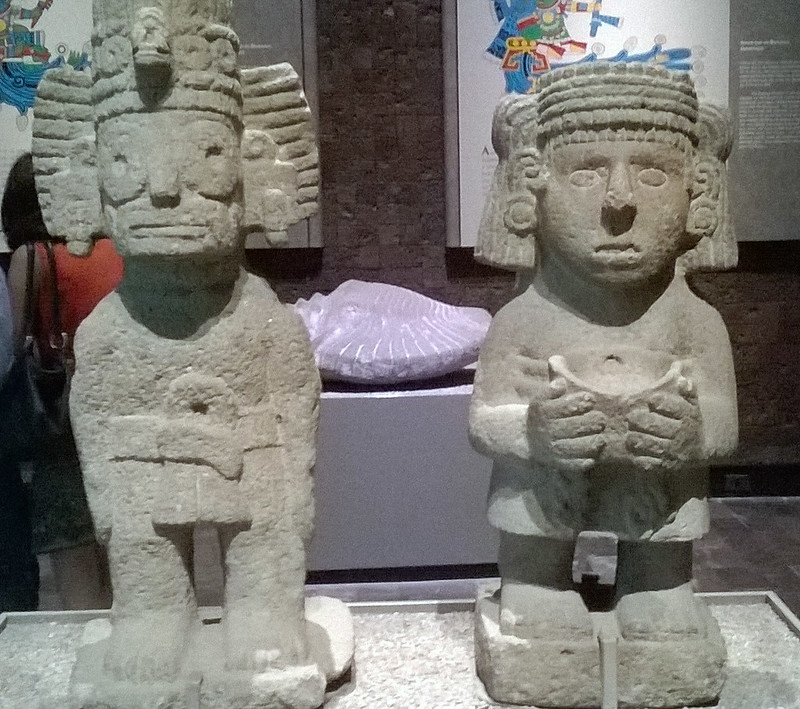
Chalchiuhtlicue is the Aztec goddess of rivers, lakes, and all bodies of fresh water. Unlike the more famous deities like Quetzalcoatl or Huitzilopochtli, Chalchiuhtlicue’s role was essential to everyday life, as water was a critical resource for the agricultural Aztec society. She was also associated with birth and fertility, reflecting her nurturing nature. Despite her importance, Chalchiuhtlicue is often overshadowed by other more violent or warlike deities in Aztec mythology.
Veles (Slavic, Eastern Europe)
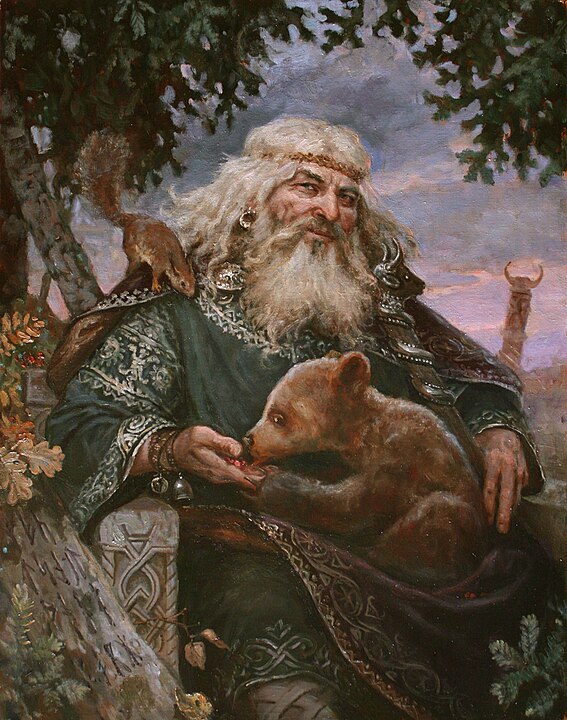
Veles is a Slavic god of the underworld, associated with cattle, commerce, and magic. He stands in contrast to Perun, the god of thunder and the sky, as the two often engage in cosmic battles. Veles’ role in mythology is multi-faceted: he is a protector of wealth, a guardian of the dead, and a trickster figure. Despite his influence over such important areas of life, Veles is less well-known outside of Slavic regions compared to figures from Norse or Greek mythologies.
Nanabozho (Anishinaabe, North America)
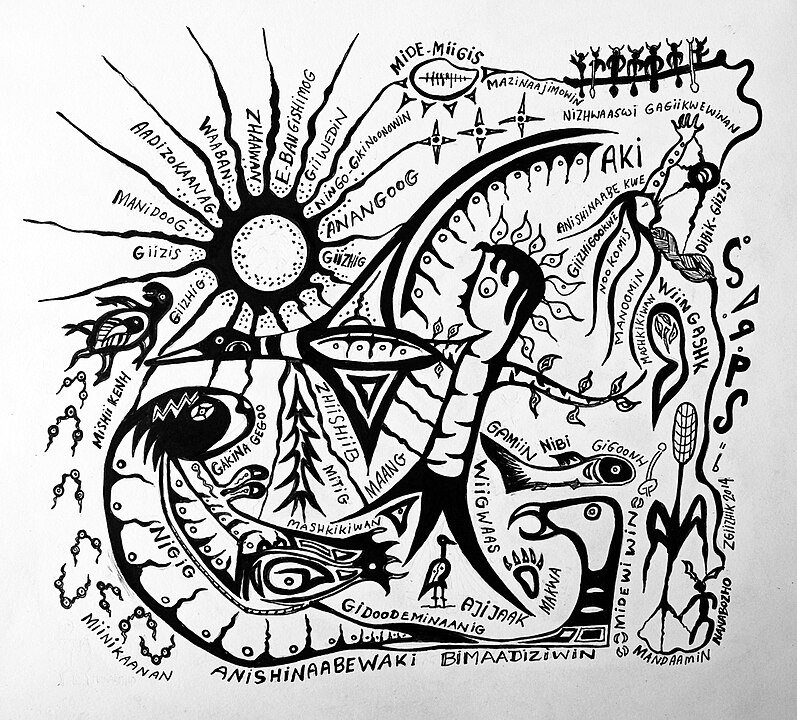
Nanabozho is a trickster and cultural hero in the mythology of the Anishinaabe people of North America. He is credited with creating the earth, teaching the people, and embodying duality, often switching between helpful and mischievous roles. While trickster figures are common in many cultures, Nanabozho’s deep ties to both creation and moral lessons make him a unique figure. His stories are rich in symbolism, yet Nanabozho remains relatively obscure in the broader scope of world mythology.
Bakunawa (Philippines)
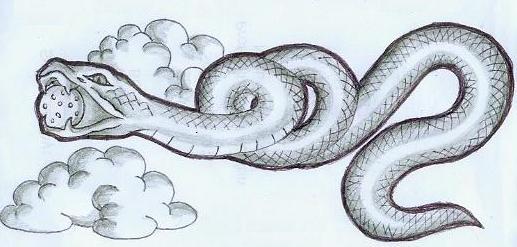
In Filipino mythology, Bakunawa is a serpent-like dragon said to cause eclipses by attempting to swallow the moon. The legend of Bakunawa was used to explain astronomical events and represents the tension between chaos and order. This mythical creature, though vital to Filipino folklore, is less known outside of Southeast Asia. Bakunawa’s role as both a feared and revered figure in local traditions makes it a hidden gem worth exploring.
Aten (Ancient Egypt)
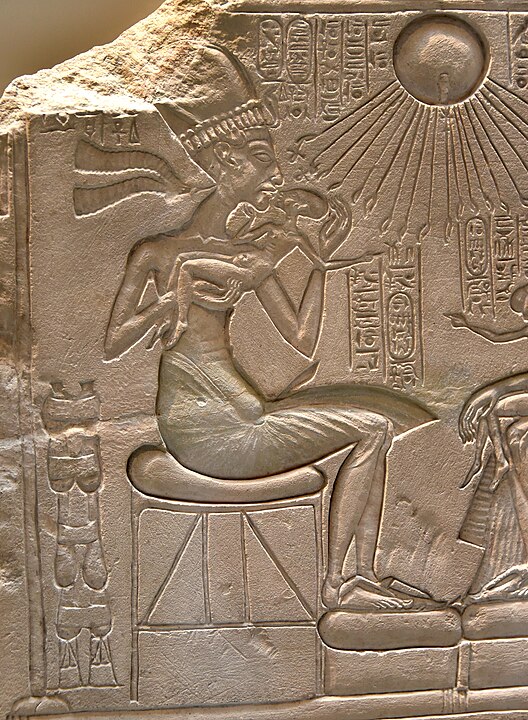
Aten is a somewhat obscure deity in Egyptian mythology, representing the sun disk. Although Ra is the more well-known sun god, Aten gained prominence during the reign of Pharaoh Akhenaten, who attempted to shift Egyptian religion to monotheism centered around Aten. This radical change in religious structure caused Aten to fall into obscurity after Akhenaten’s reign, but the god’s brief dominance and ties to one of history’s most unique rulers make Aten a fascinating figure.
Pele (Hawaiian)
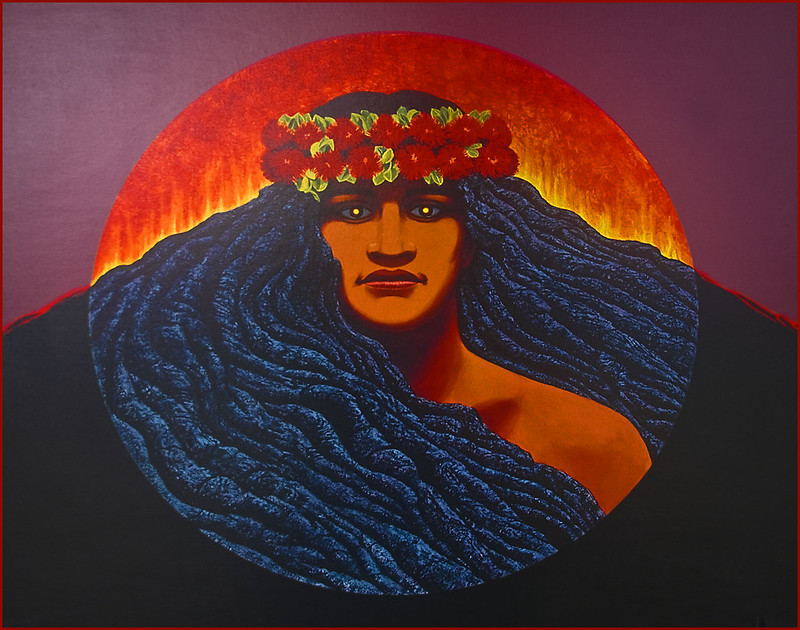
Pele is the Hawaiian goddess of fire, lightning, and volcanoes, known for her passionate and unpredictable nature. While often associated with the island of Hawaii, her importance extends across Polynesian cultures. Pele’s fiery temperament and control over volcanic activity symbolize the raw power of nature. Despite her central role in Hawaiian mythology, Pele is lesser known outside of her native culture compared to deities from other regions.
Bastet (Ancient Egypt)
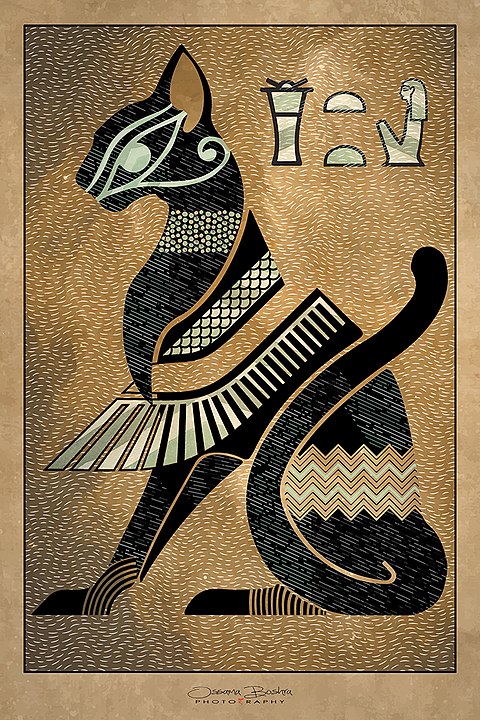
Bastet is the Egyptian goddess of home, fertility, and childbirth, depicted with the head of a lioness or domestic cat. Although she is associated with protection and nurturing, her dual aspect as a fierce defender often gets overlooked in favor of more prominent gods like Isis or Horus. Bastet’s worship reveals much about daily life in Ancient Egypt, including the sacredness of cats, which were considered guardians against evil.
Jörmungandr (Norse)
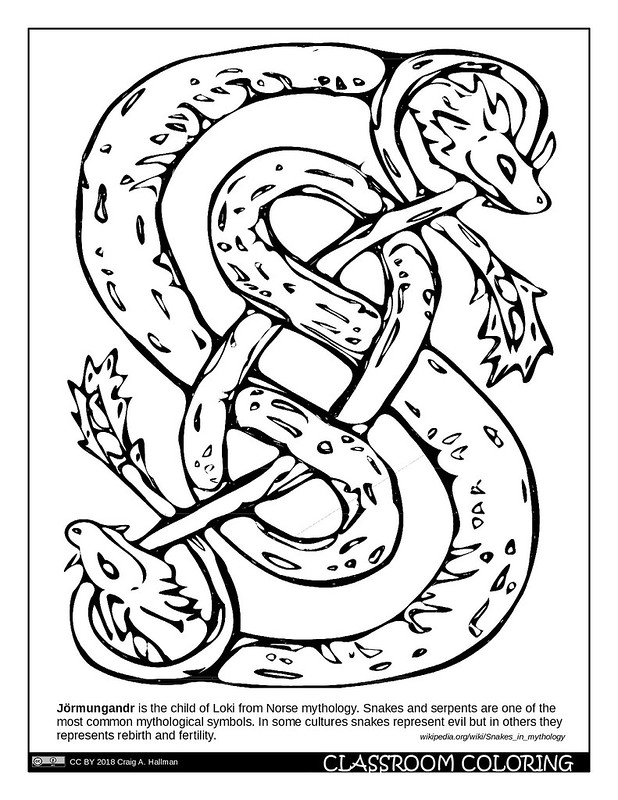
Jörmungandr, the World Serpent, is a key figure in Norse mythology, yet remains less celebrated compared to Odin or Thor. According to legend, Jörmungandr is so large that it can encircle the earth and grasp its own tail. Its presence signifies the cyclical nature of existence, and it is prophesied to battle Thor during Ragnarok, the Norse apocalypse. Despite its massive influence on the cosmos, Jörmungandr often remains in the background of Norse mythological tales.
Tezcatlipoca (Aztec, Mexico)
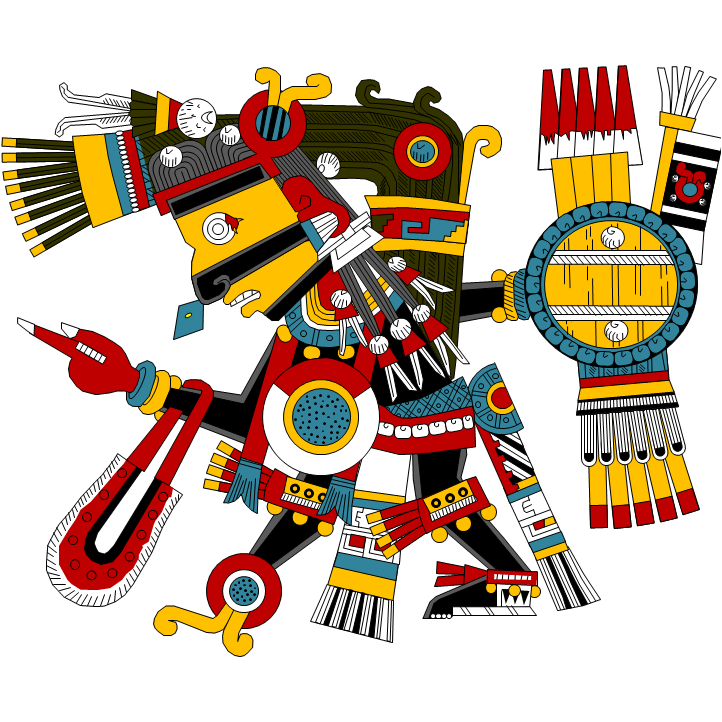
Tezcatlipoca, often overshadowed by Quetzalcoatl, is a powerful Aztec god of night, conflict, and destiny. He is a god of contrasts, embodying both creation and destruction, life and death. Tezcatlipoca’s name translates to “Smoking Mirror,” referring to his ability to see into the hearts of humans and manipulate fate. His mysterious nature and multifaceted role in Aztec belief systems make him a captivating, though lesser-known, deity.
Anansi (West Africa)
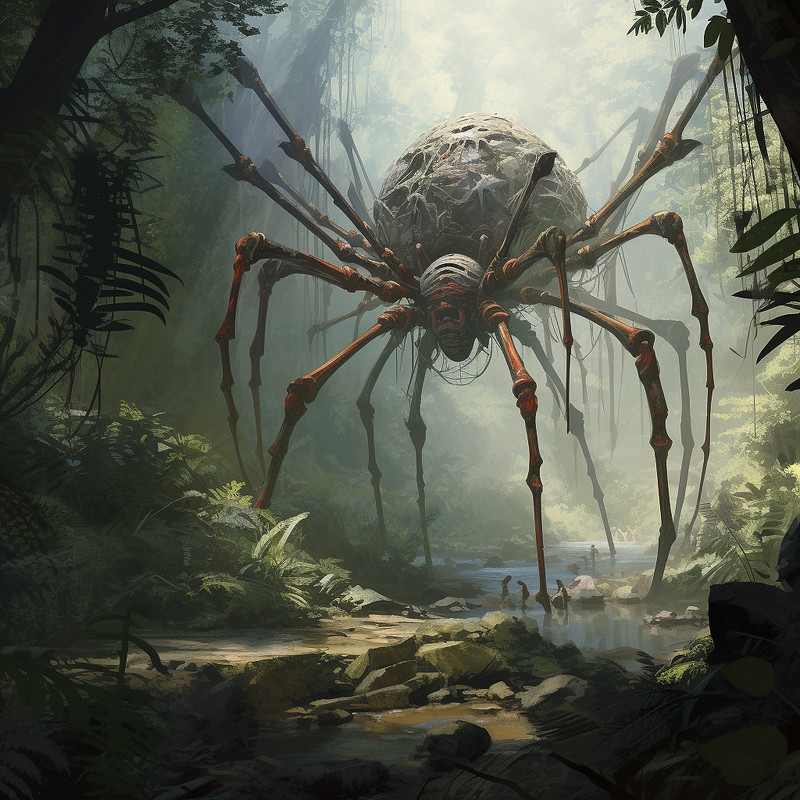
Anansi is a trickster figure and god of stories in West African mythology, particularly among the Ashanti people. Often taking the form of a spider, Anansi uses his wit and cleverness to outsmart enemies. His tales emphasize the power of intellect over brute strength. Though Anansi is a cultural icon in West Africa, he remains less prominent in global mythology discussions, despite the rich storytelling tradition he represents.
Amaterasu (Japan)
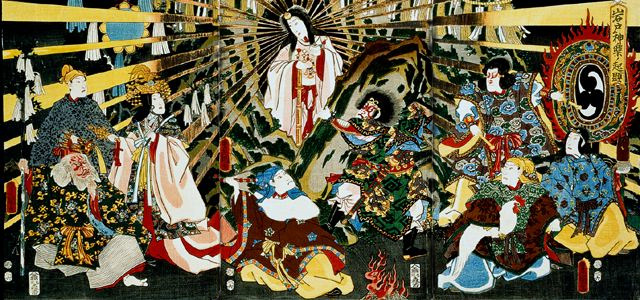
Amaterasu is the Shinto sun goddess and one of Japan’s most important deities. She is revered for bringing light to the world and is seen as the divine ancestor of the Japanese imperial family. While Amaterasu’s significance in Japanese culture is profound, she is less known outside of Japan compared to other solar deities like Apollo or Ra. Her mythology emphasizes themes of renewal and balance, particularly in her famous retreat into and emergence from a cave, which symbolizes the cyclical nature of life.
Cailleach (Celtic, Scotland)
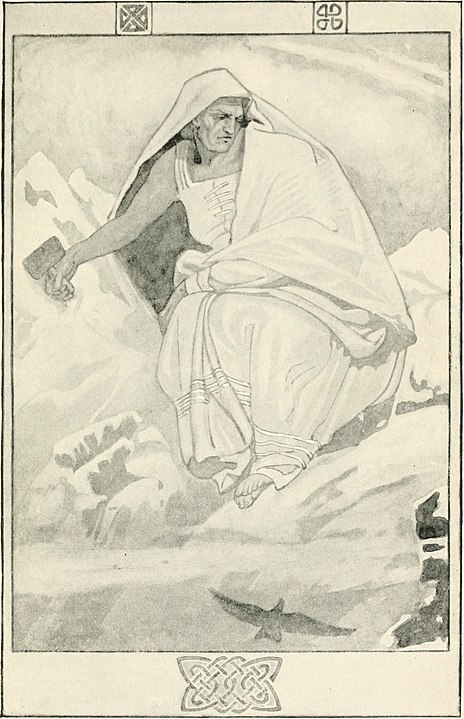
Cailleach is a weather deity in Celtic mythology, known as the divine hag or the old woman of winter. She is associated with the harshness of the winter season and the transformation of the landscape. In some stories, she is said to create mountains and lakes. Despite her powerful role in shaping the natural world, Cailleach is often overshadowed by other Celtic deities like Brigid, making her a hidden gem within the rich tapestry of Celtic myths.
Hine-nui-te-pō (Māori, New Zealand)
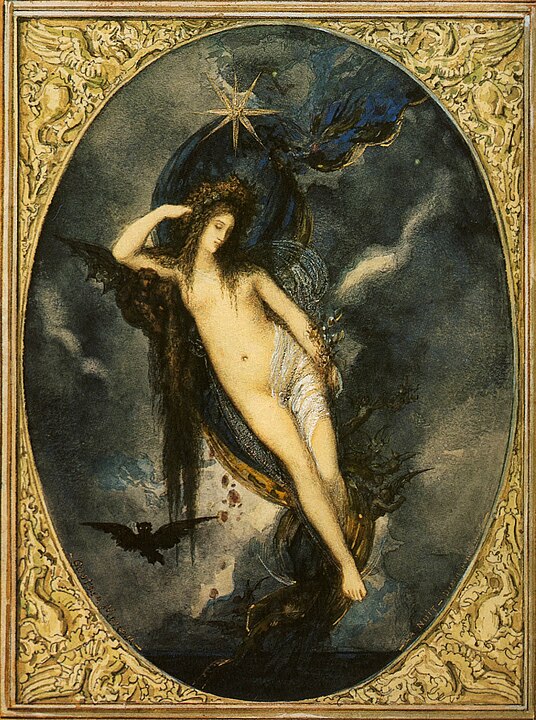
Hine-nui-te-pō is the Māori goddess of death and the underworld. Her story is tied to the origins of mortality in human beings, as she guards the entrance to the afterlife. Her appearance, with red eyes and sharp teeth, reflects her fearsome role as the gatekeeper of death. Despite her crucial role in Māori mythology, Hine-nui-te-pō is lesser-known outside New Zealand, especially compared to more popular death deities from other cultures.
Ogma (Celtic, Ireland)
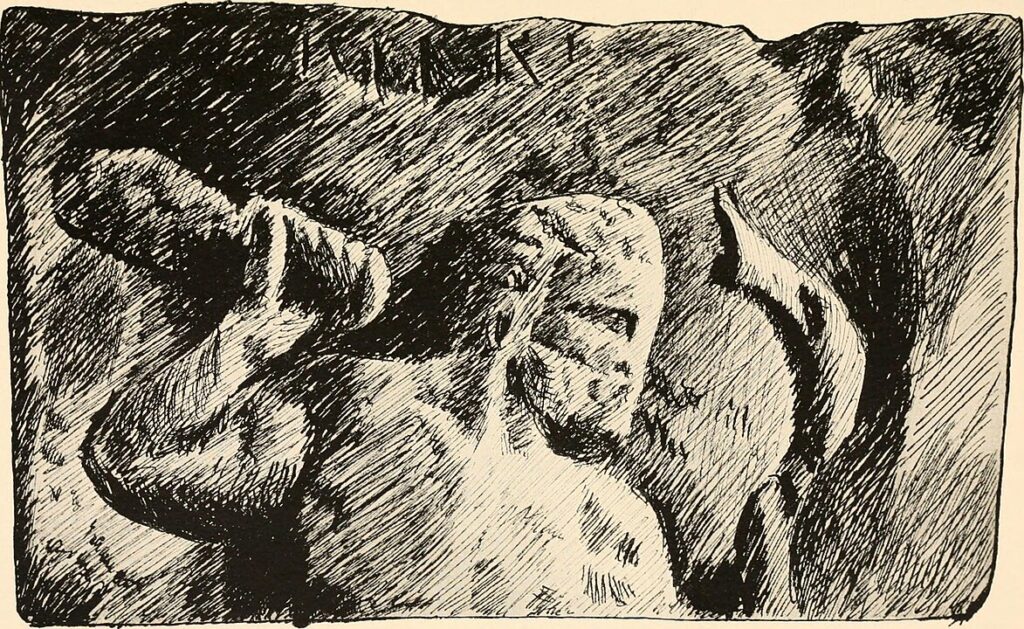
Ogma is the Celtic god of eloquence, learning, and language. He is credited with inventing the Ogham alphabet, a sacred writing system used by the ancient Celts. Although Ogma is less well-known than other Celtic gods like Lugh or Dagda, his influence on Celtic culture is profound, particularly in the realm of intellectual achievement and communication. His stories emphasize the power of words and knowledge, elements often underrepresented in mythology.
Ix Chel (Mayan, Mexico)
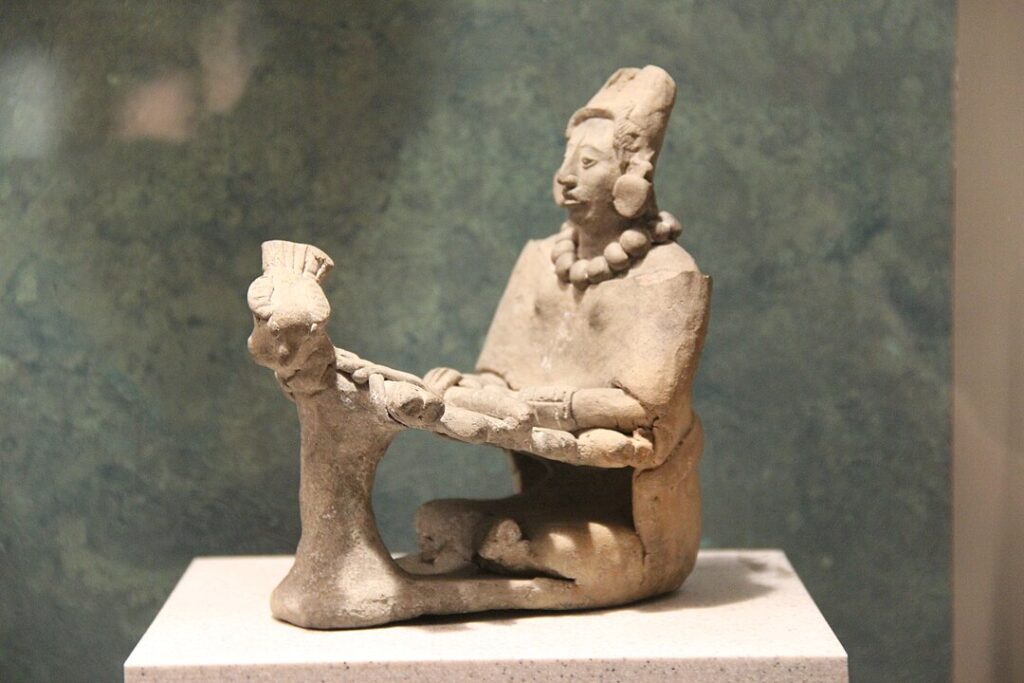
Ix Chel is a Mayan goddess of the moon, fertility, medicine, and childbirth. Her multifaceted nature makes her a central figure in Mayan belief, particularly for women. Ix Chel is depicted as both a young woman and an older, wiser figure, representing the different phases of life. Despite her importance, Ix Chel is less familiar than other Mesoamerican deities, and her role in healing and childbirth is often overlooked.
Yhi (Aboriginal, Australia)
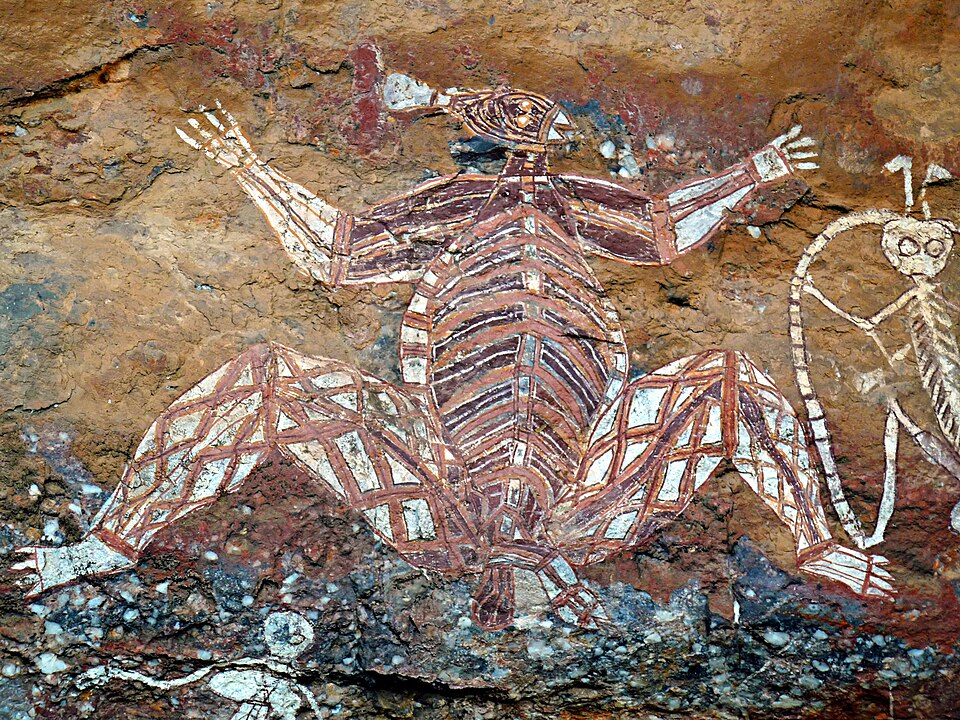
Yhi is the goddess of light and creation in Aboriginal Australian mythology. According to legend, she brought life to the world by awakening plants and animals with her radiant light. Yhi’s connection to life and fertility is central to Aboriginal beliefs about the natural world. However, like many other Aboriginal myths, her stories remain relatively obscure outside of Australia, overshadowed by myths from more dominant cultures.
This article originally appeared on UnifyCosmos.
More from UnifyCosmos
20 Little-Known Tricks for Saving Money

These clever tips and strategies will help you make the most of your money and achieve your financial goals faster. Read on to discover how small changes can lead to big savings. Read more!
22 Inexpensive Foods That Are Healthier Than You Think

This article will explore some surprisingly healthy and cheap options that not only nourish your body but also keep your wallet happy. Discover how you can enjoy delicious, nutritious meals without overspending. Read more!
20 Ways to Add Greenery to Your Living Space

From potted plants to vertical gardens, even a little greenery can make a big impact. Let’s explore some easy and effective ideas to get started. Read more!
Leave a Reply